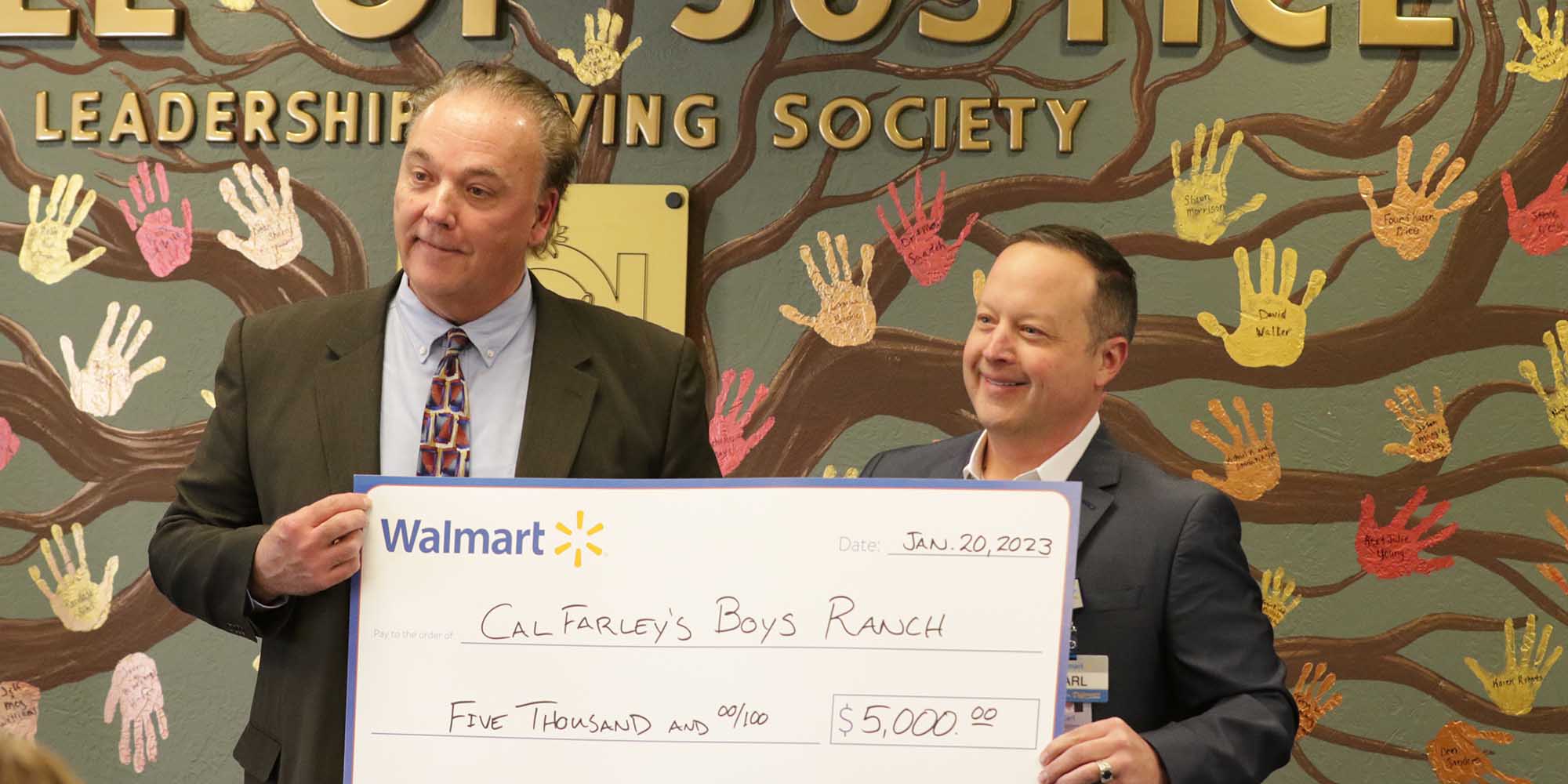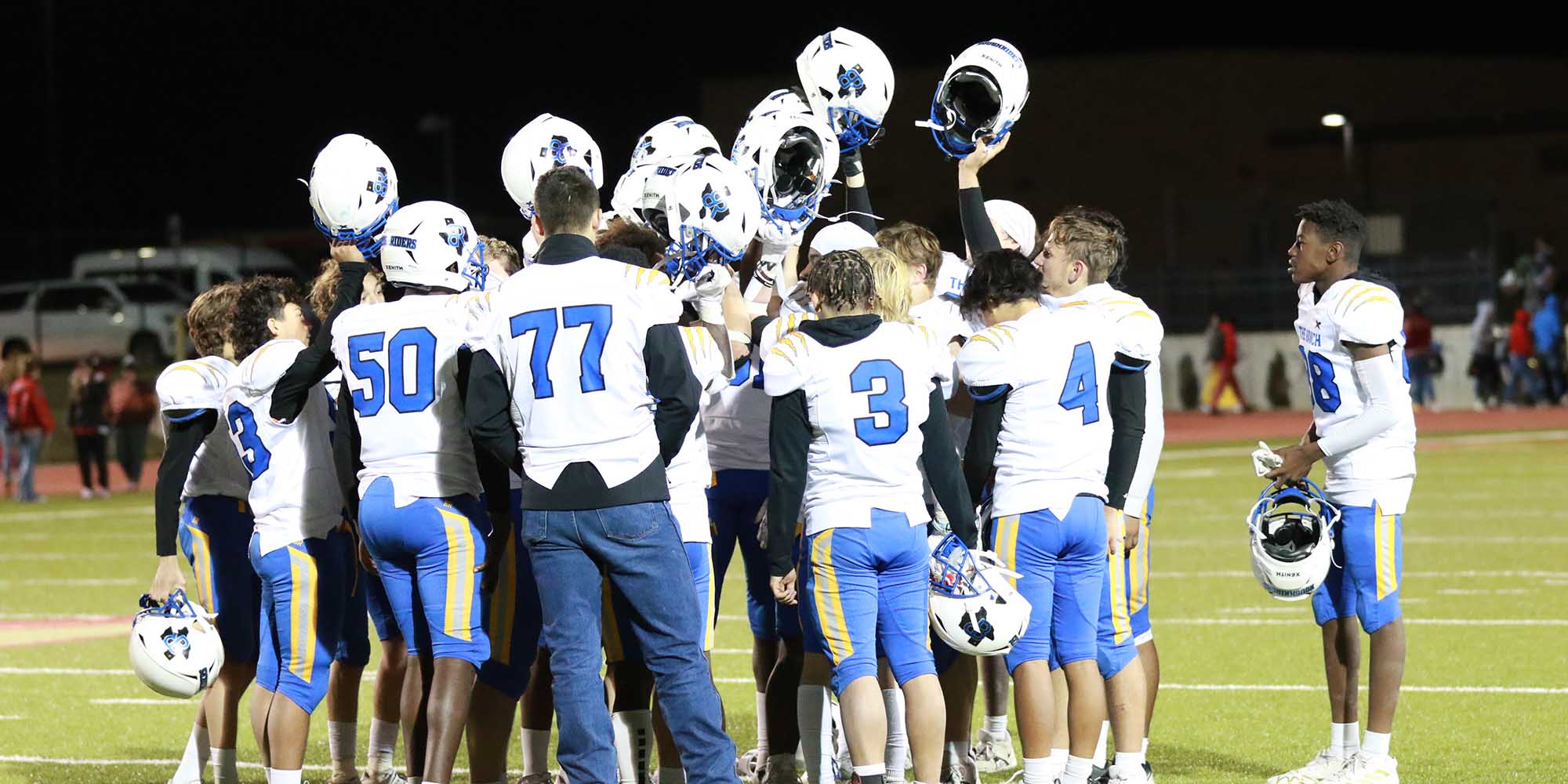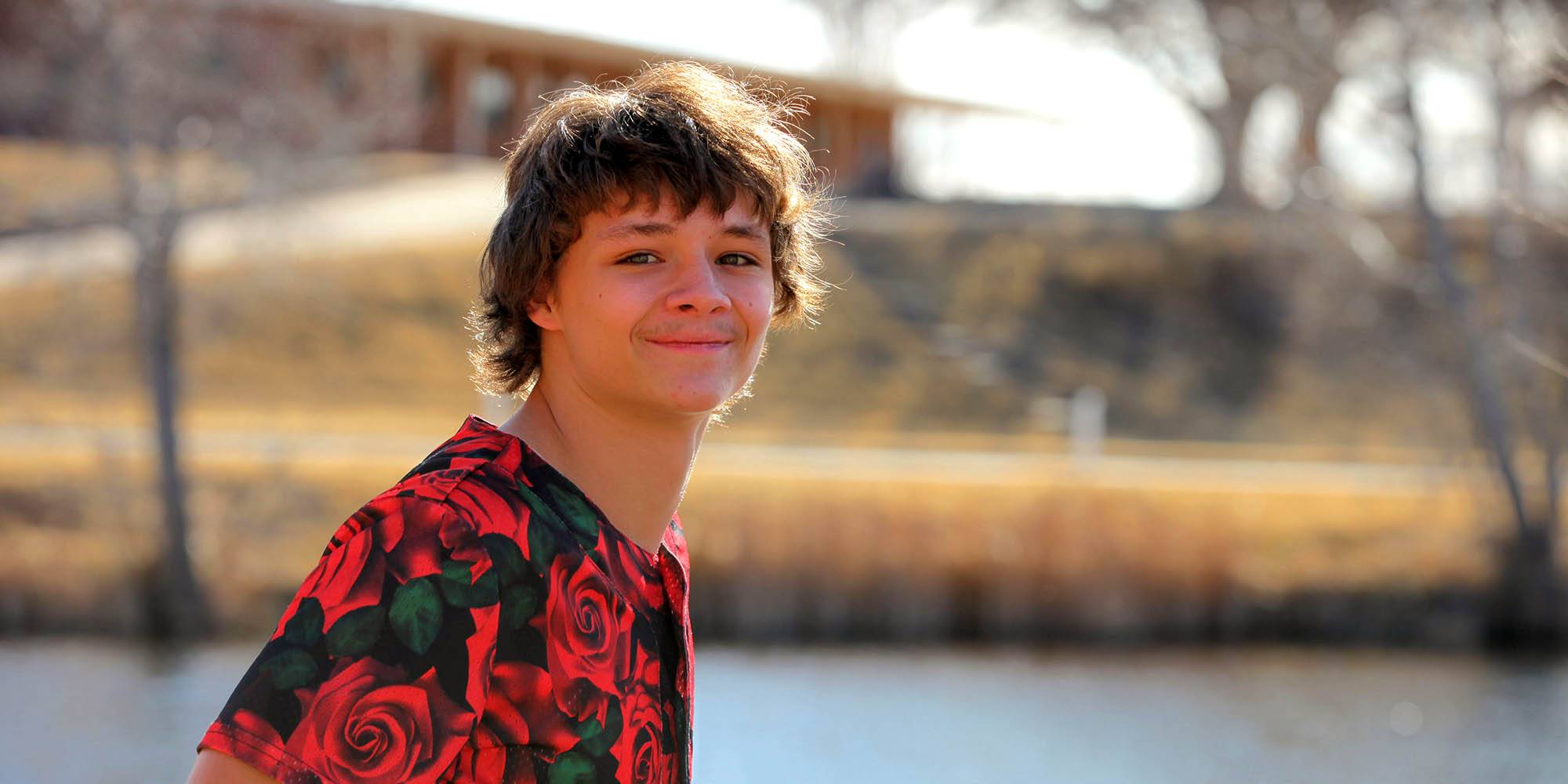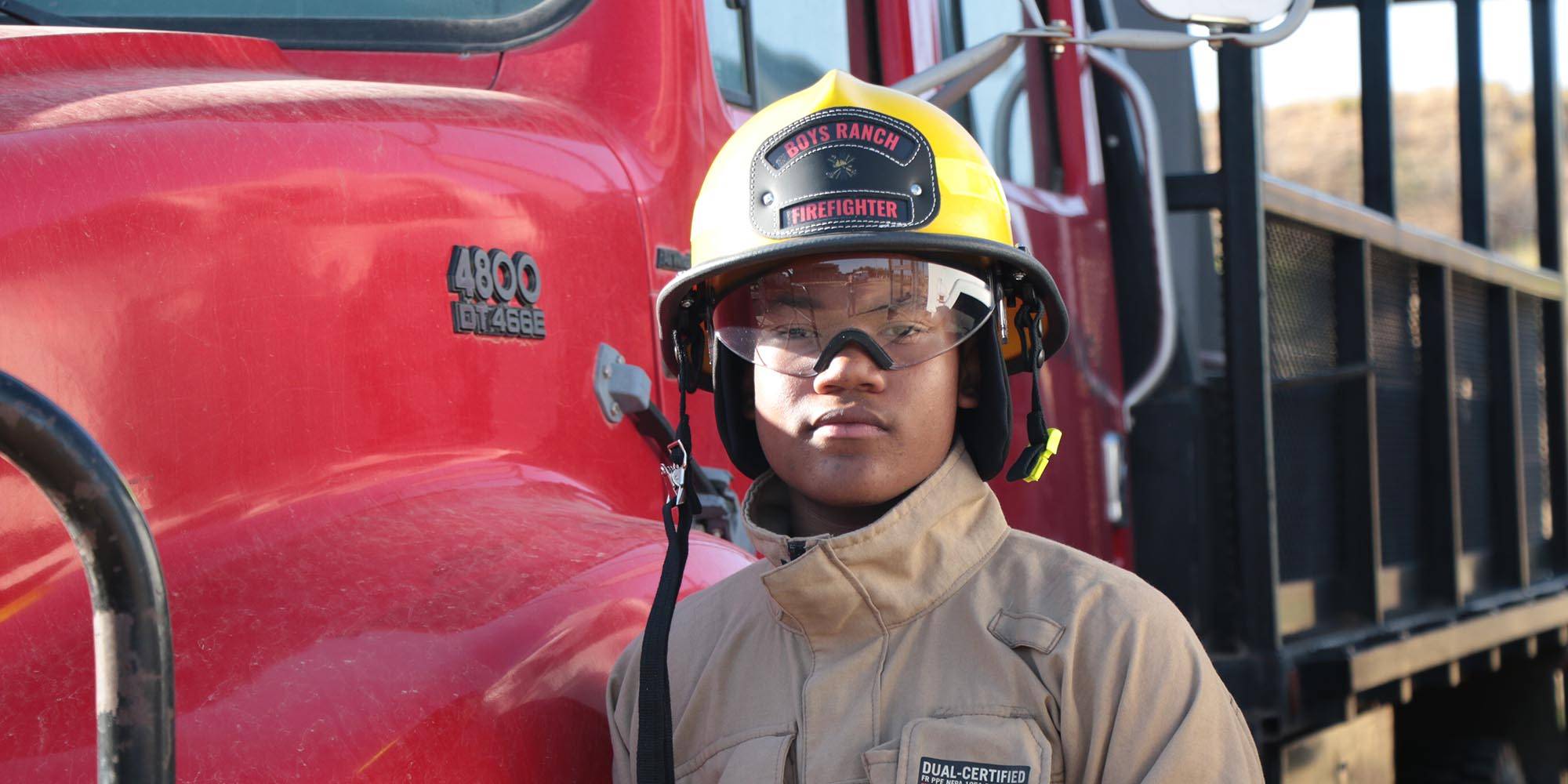Paving the road for personal success
Cal Farley’s Boys Ranch is a therapeutic milieu. Children and their families find the help they need to recover from past hurts. Through therapeutic intervention, we teach them how to manage life in more positive and productive ways.
Changing a child’s environment is just the beginning of the healing process. Everything we do intervenes in the child’s life while they are here.
Boys Ranch employs these interventions, which range from the simple to very complex, in keeping with our Cal Farley’s Model of Leadership & Service. This model recognizes all people have six universal needs which must be met in order for them to reach their God-given potential. These essentials are safety, belonging, achievement, power, purpose and adventure.
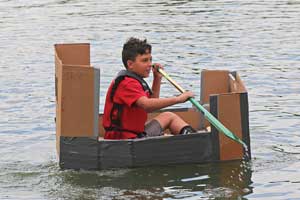
Safety in itself is therapeutic. A child must first feel safe, before they can pursue any of the other essentials. Safety is always a first priority in all we do.
Some of our interventions, such as counseling or neurofeedback, are clinical in nature. Some are individualized. Many of them are interactive. They all allow children to build meaningful relationships with peers and trusted adults, a crucial part of their success.
“As long as it incorporates what we know from Dr. Perry, that it is relational, repetitive and regulational, we consider it therapeutic,” said Tiffany Carpenter, Director of Clinical Services.
Carpenter is referring to the work of Houston behavioral scientist Dr. Bruce Perry. His groundbreaking Neurosequential Model™ serves as a guide for therapeutic intervention at Boys Ranch.
The ultimate goal is to find ways to help each child regulate and calm his or her own brain’s responses.
A child will be encouraged to engage in one-on-one counseling, neurofeedback, biofeedback or even eye-movement desensitization reprocessing. They may be invited to participate in meetings with a success coach, equine-assisted psychotherapy and equine learning.
One-on-one intervention may include something as basic as a one-on-one talk, a walk, hike, run, or anything pleasant for the child. Some children love to go to the community garden to pet the animals, for example. For others, it might be a game of checkers.
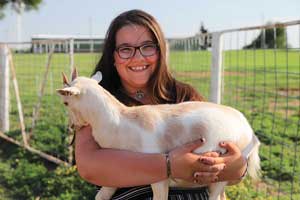
“The main thing is meeting the kid where they are at,” Carpenter said, adding “They may not be ready for activities that involve face-to-face contact, so we change that to a side-by-side activity.”
Many group activities, large and small, are offered to the children. Some of these involve an entire home or may mix children from different homes with similar needs. Nurture and healthy relationship groups, knitting and cooking groups, rock-climbing groups, prayer rides and field trips away from the campus are just a sampling of options offered to the children.
Athletic activities and extracurricular clubs, which are part of the Boys Ranch Independent School District and involve a larger group of children with a common goal, also serve as group intervention.
“Part of our challenge here is to find an intervention a child is interested in and is excited about trying,” Carpenter said. “Our counselors and others who are with our children have to be flexible and intuitive and able to meet the child where they are at any time. With the children we care for, this may look different from time to time and even minute to minute.”
understanding a child's needs
The key to understanding what each child needs, explained Boys Ranch Chief Program Officer Michelle Maikoetter, is to look at the foundational experiences we all have after birth.
“The easiest way to explain the need for therapeutic interventions to help with regulation is to think about what we all need as infants,” she said.
“When we are first born, we do not have a mature enough central nervous system to calm ourselves. As babies, when we have a need such as hunger, we express ourselves by crying, hopefully a caregiver responds and meets our need,” Maikoetter said. “Often, what the caregiver provides is through intuition rather than intention. An example of this would be parents who drive their babies around in the car to get them to fall asleep.”
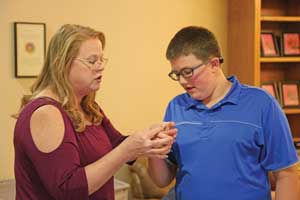
In healthy situations, a baby is almost always calmed through rhythmic, repetitive, patterned, relational activities such as rocking, singing, holding, and swaddling. Through thousands of repetitions, a child’s system begins to mature and when they are older, they are able to meet their needs themselves.
“Some of our children did not have consistent, attuned caregivers to give them this type of experience and they have not yet developed mature skills to soothe themselves so they easily become overwhelmed by stress,” Maikoetter said. “We have to help them with this.”
Stress usually comes in the form of anxiety, depression, sadness, loneliness and tiredness.
Boys Ranch also uses a variety of tools to help with intervention. Weighted blankets, nightly routines, music, in-home devotionals and daily musters help children get what they need to feel safe, empowered and regulated.
“Now we understand what reparative experiences are needed to calm the brain and how to do that intentionally,” Maikoetter said, adding, “this is what drives our therapeutic interventions.”

